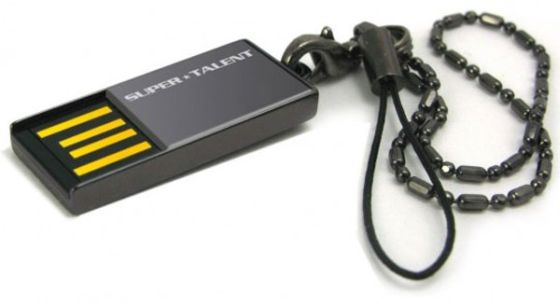Researchers at the University of Utah have developed a new, more precise way of placing microelectrodes on the surface of the brain to enable patients to turn thoughts into action. Led by Bradley Greger, a professor of bioengineering, the “Brain Carpet” as it’s called, represents a “modest advance” in techniques already in use. The Brain Carpet makes use of smaller microelectrodes, and also employs many more than are usually used. The method involves sawing off the skull of the patient, then placing 32 electrodes about 2mm apart on the surface of the brain. Though they’ve conducted tests on just a handful of patients — all epileptics — the technique, they believe could also be used to help people control their prosthetic limbs much more effectively. The electrodes allow detection of the electric signals in the brain which control arm and hand movements. In the tests, patients have successfully controlled a cursor on a computer screen following the operation, and they see applications for brain-machine interface devices in the future. There’s no word on when the Brain Carpet will move from the research to reality phase, but the group’s findings have just recently appeared in the journal Neurosurgical Focus.
Filed under: Science
Brain Carpet microelectrodes could help translate thoughts into actions more effectively originally appeared on Engadget on Fri, 31 Jul 2009 20:41:00 EST. Please see our terms for use of feeds.
Read | Permalink | Email this | Comments





























